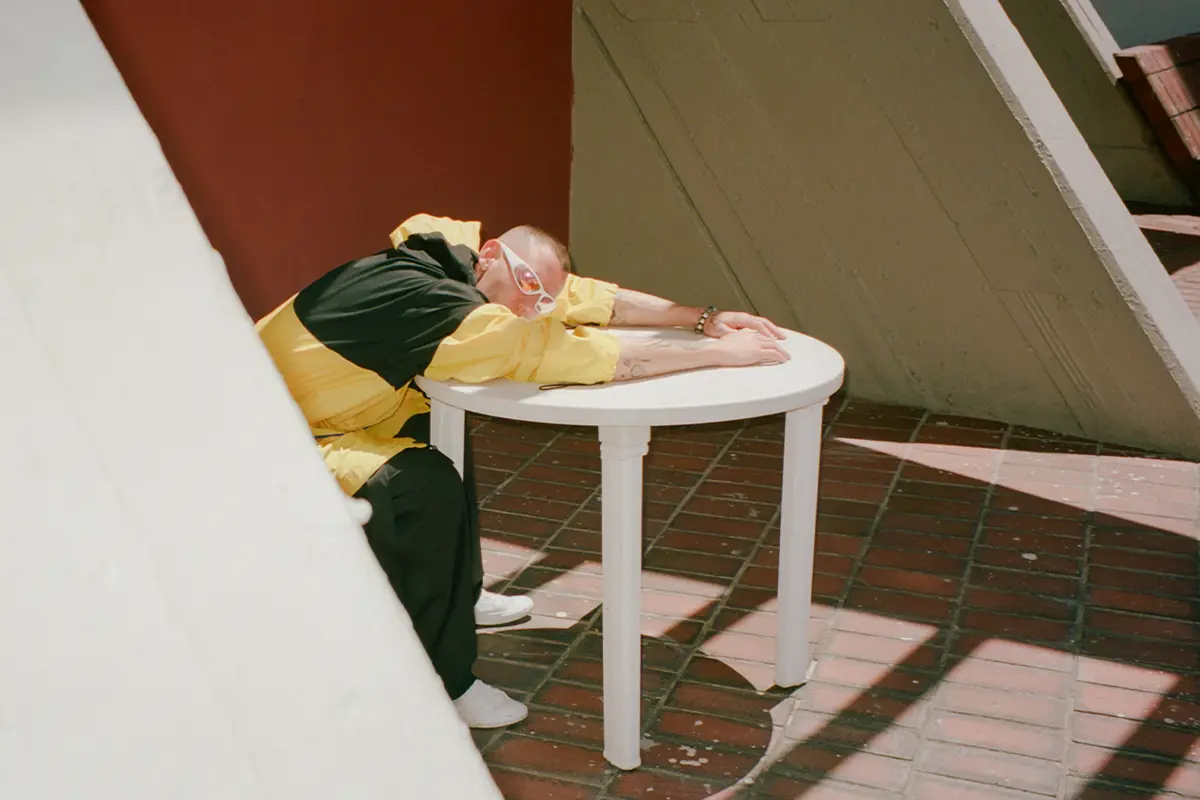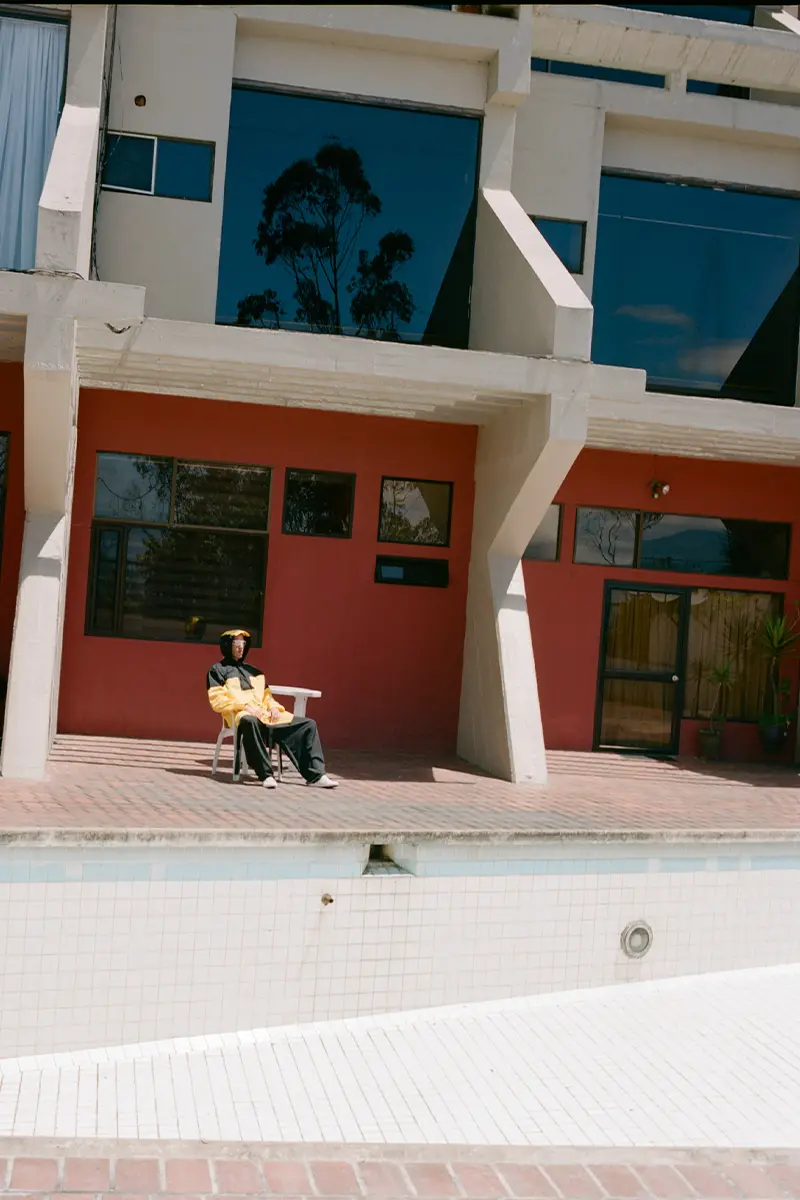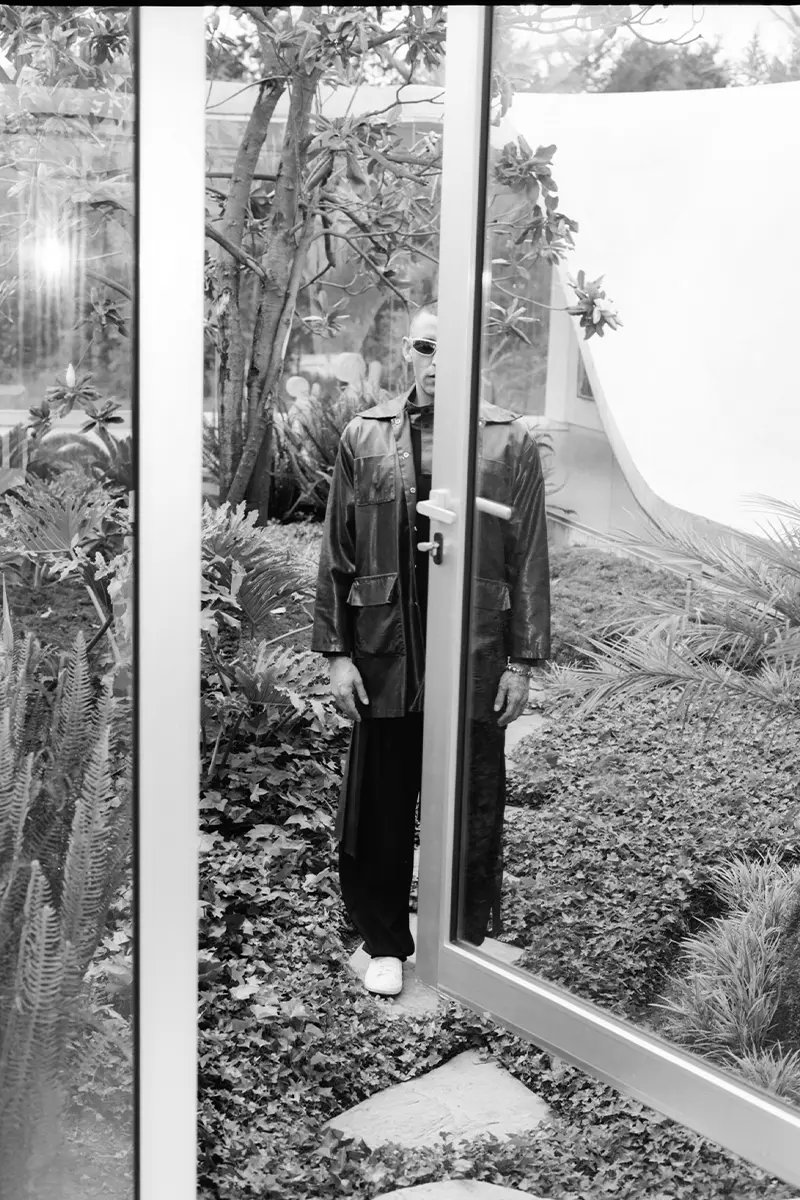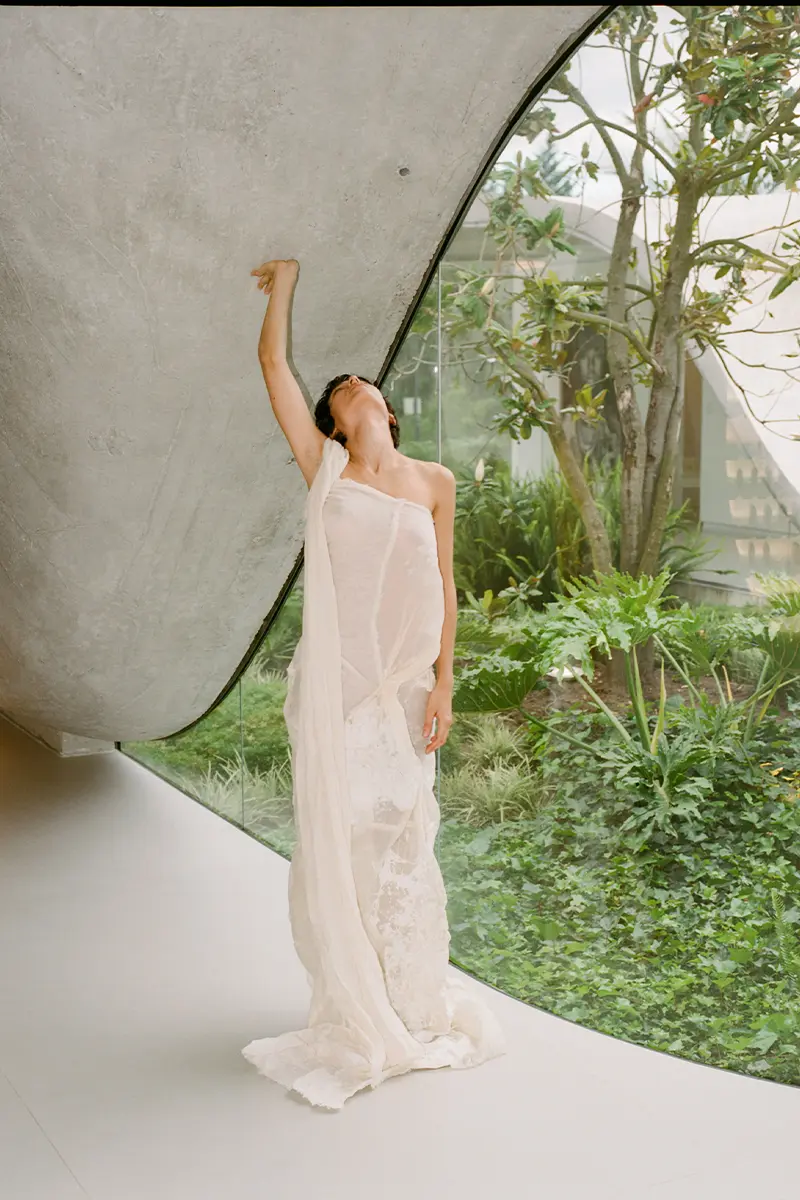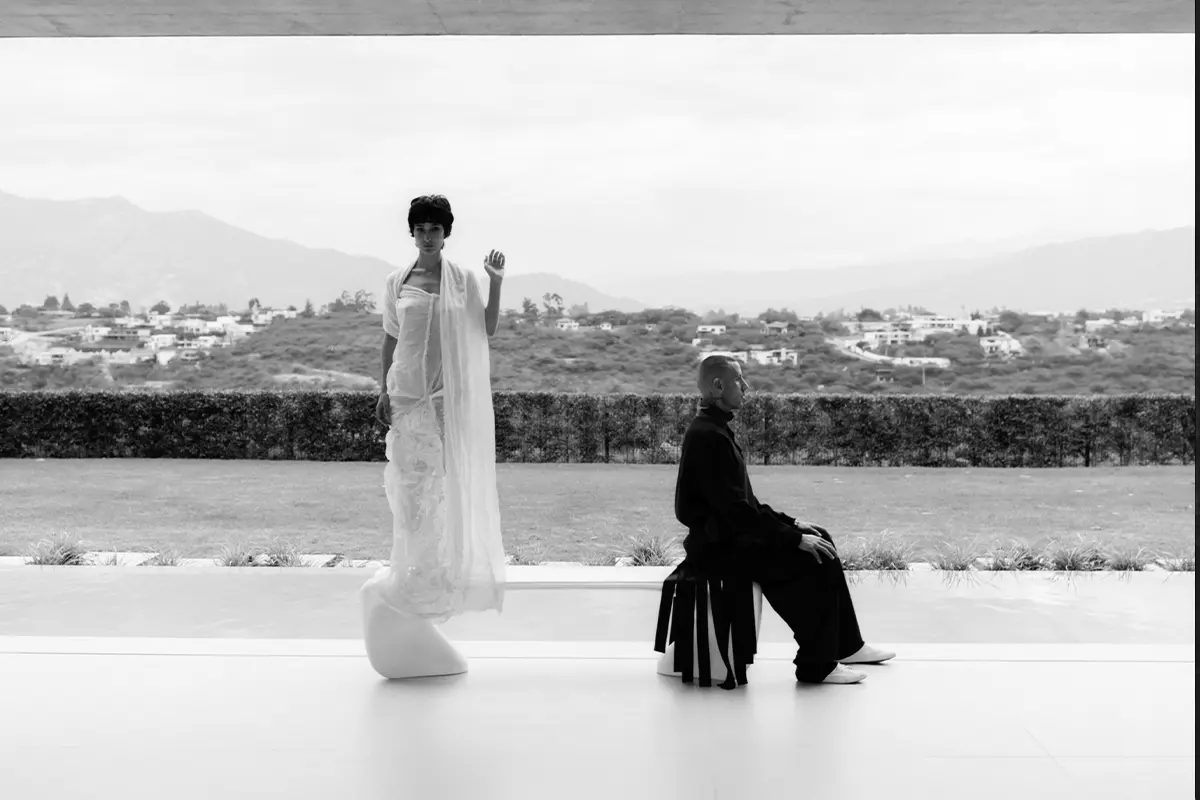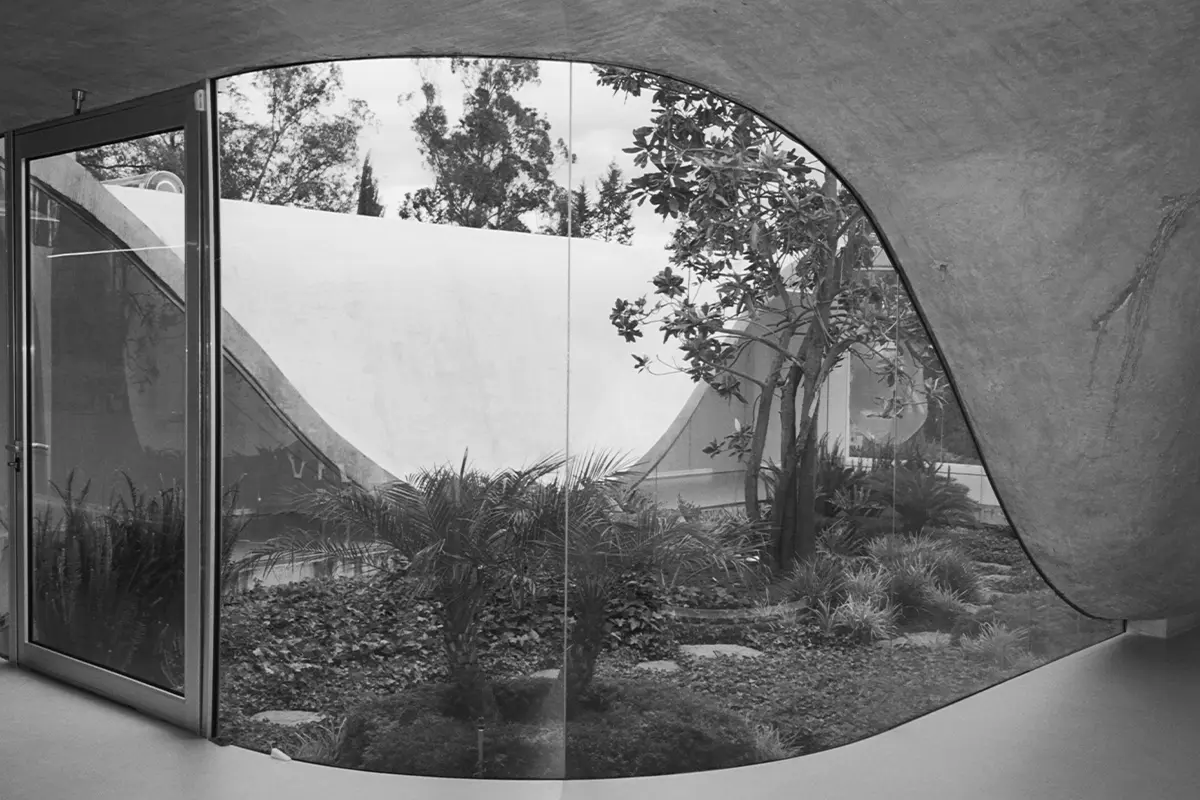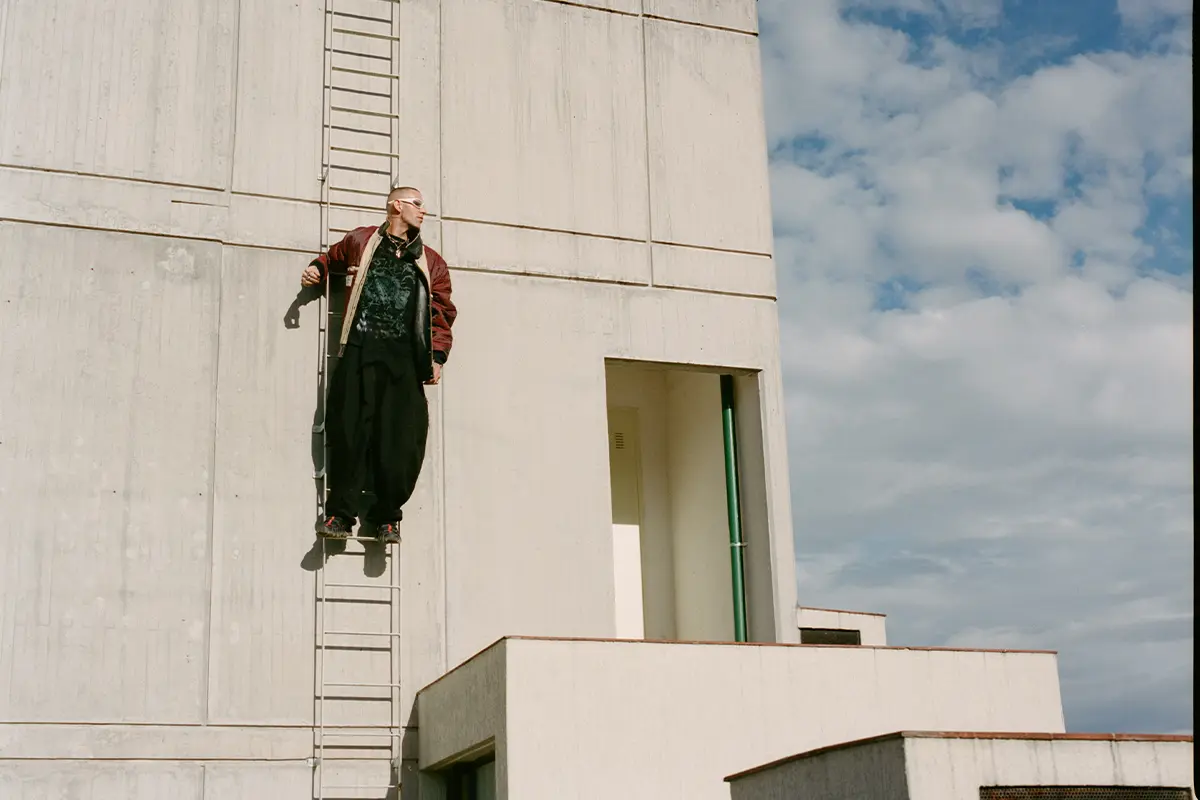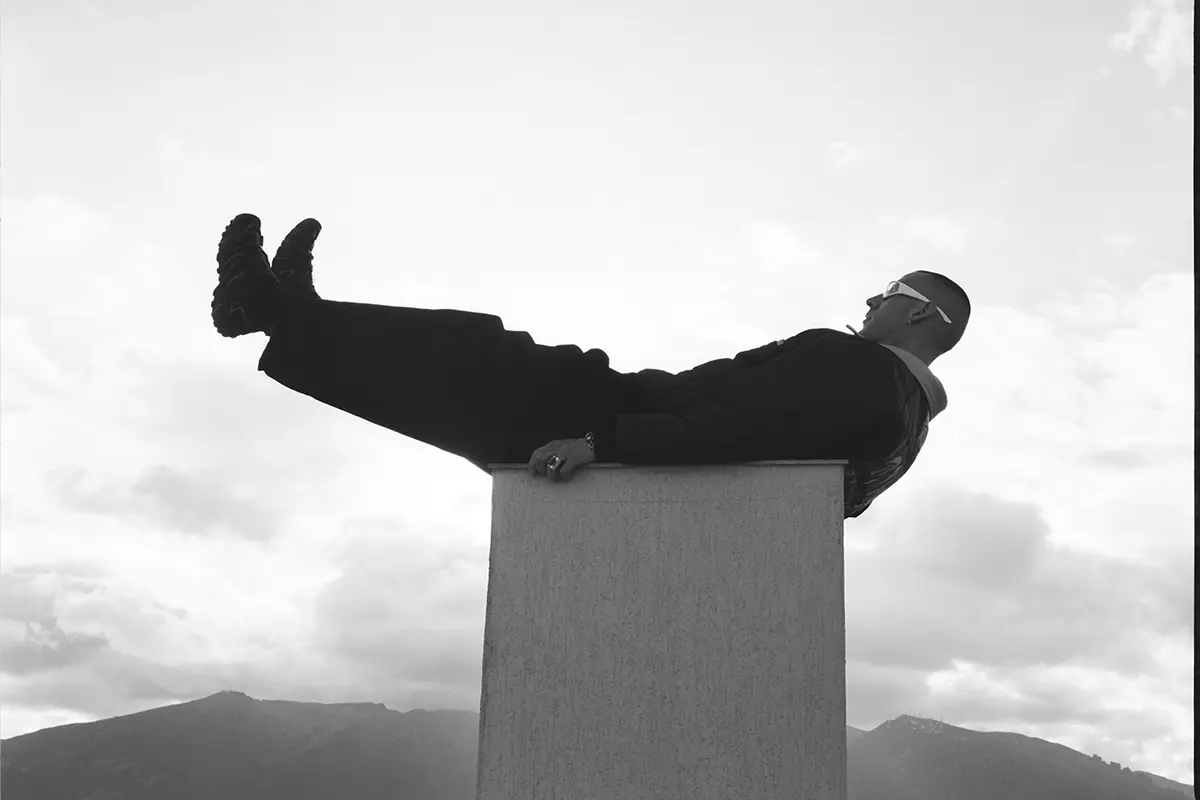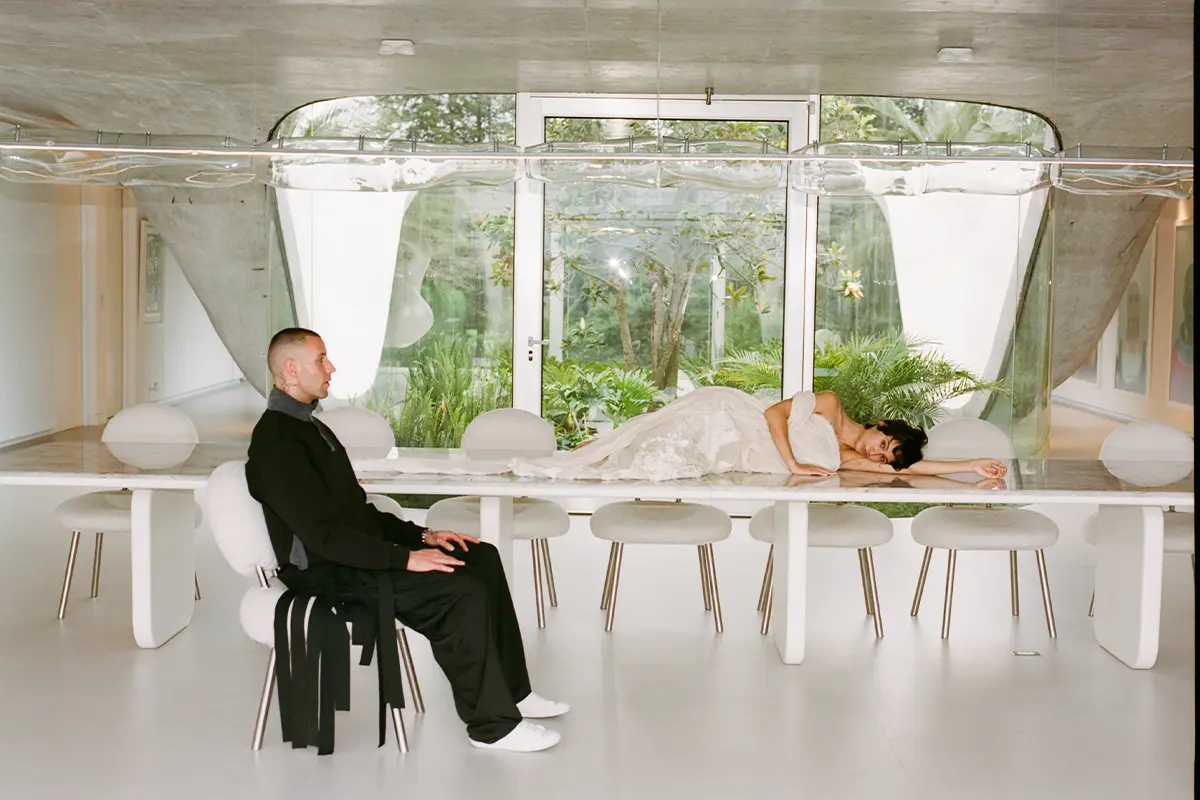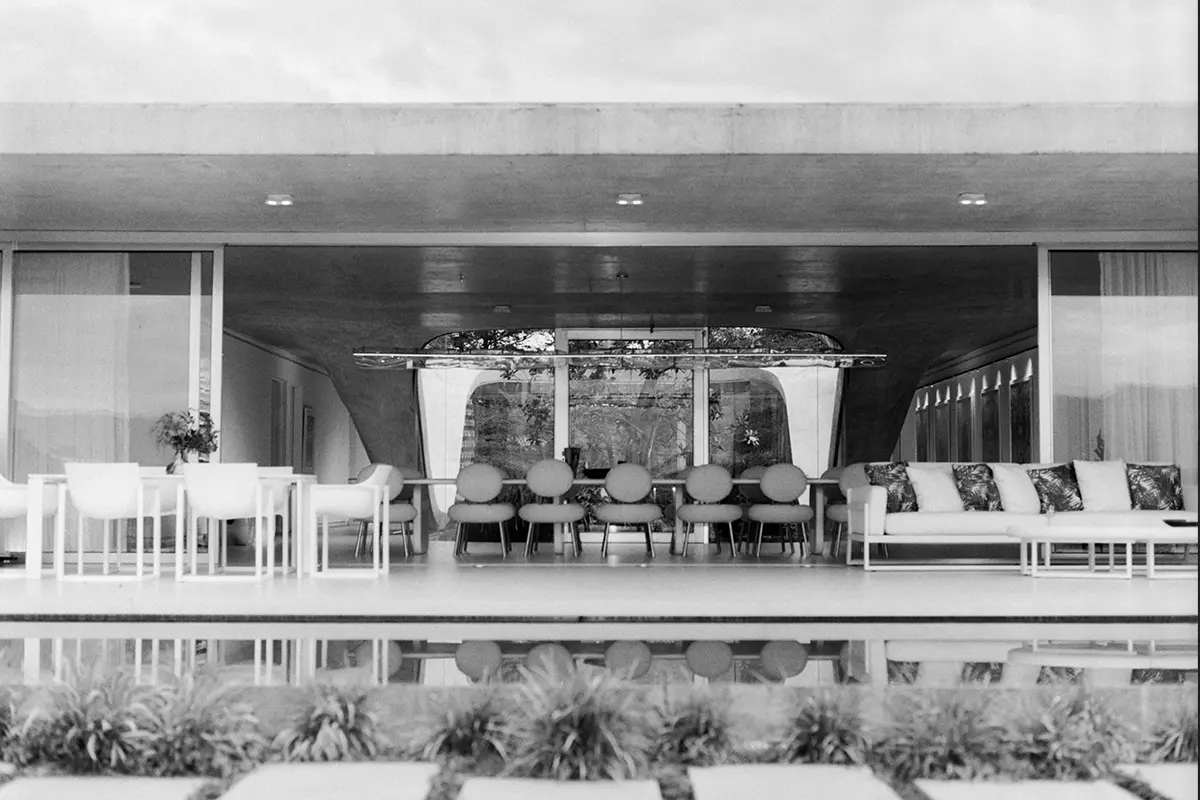An Architect from Ecuador is rebuilding Quito based on his Stanley Kubrick aesthetic passion. Felipe Escudero, brings a holistic approach prioritizing the positive impact on the surrounding community
Felipe Escudero – Art career in London
Escudero started his creative studio called OBBBIO when he was living in London. «It all began because I was captivated by a platform that allowed me to create intricate drawings using AI. I could generate these detailed artworks autonomously by writing algorithms and providing instructions to manipulate points and lines». Those drawings were exhibited at the prestigious Royal Academy of Arts in London, marking the beginning of his artistic career.
For several years, Escudero focused on creating art for galleries, primarily working on prints and sculptures but attempting to bring the essence of architecture into the gallery space, showcasing beautiful drawings of architectural projects and even architectural models. As time went on, Escudero started to feel uninspired by the limitations of the gallery audience. «While I still appreciate the gallery experience, I yearned to reach a broader audience that extended beyond the traditional confines of art consumption».
«This desire led me to venture into multimedia projects. We began exploring video production and music, allowing us to experiment with different mediums and connect with a wider range of individuals who engage with diverse art forms».
Felipe Escudero’s studio in Quito
Felipe Escudero started his creative studio at age 32. «Some people were puzzled as to why I returned to Latin America after living in various places, but I realized that it provided an excellent opportunity to quickly build a portfolio and undertake projects at a faster pace». The informality of the region, which some may see as a challenge, has aided in the rapid development of projects. For example, a 5,000-square-meter project in Europe might take five years, while in Ecuador, it can be accomplished in just one year.
«My approach to life is closely intertwined with my work. It’s a complete connection. It’s my main priority, and I would feel deeply unsatisfied if I couldn’t engage in creative work, take on challenging projects, and continue to grow. Living in different places allowed me to learn not only from the environments themselves but also from the field of architecture, often more than what I learned in school».
Building a learning environment
The studio aims to gain international recognition by creating environmentally friendly projects in a creative and alternative manner. Seeing projects published in renowned publications with global impacts, such as Architectural Digest, motivates the team and inspires others in Ecuador to believe in the possibility of achieving such accomplishments. It becomes a shared purpose.
«I strive to create an environment where people have fun while constantly learning. It should never be a dull place. Learning is a strong purpose, and I recall an interview with Steve Jobs where he compared the feeling of learning something new to the feeling of love. I want the studio to embody that concept».
Escudero’s team is currently working with a major paint company; they proposed a series of installations and activations that communicate color and have a social impact. It requires working closely with the company to achieve the vibrant and powerful neon colors his studio envisioned, which are not commercially available.
Felipe Escudero’s clients and social media
These days, the number of followers or engagements on social media does not guarantee to find clients directly. It is more of a personal thing that requires a curated approach.
Escudero stated that he curates his Instagram accounts, believing others may need help understanding the studio’s spirit. Although he tried working with other companies or people to manage their Instagram, it didn’t work as expected. As a team, they think about what they want to communicate and how to engage with the public.
«It doesn’t matter if it’s early design sketches, design development, or construction process. As long as it’s interesting content which goes along with aesthetics».
«Our approach is focused on attracting forward-thinking individuals seeking to be surprised and mesmerized by architecture. People who prioritize their living and working environments, and have a keen interest in nature, including vegetation, are often drawn to our projects. Additionally, we cater to individuals fascinated by technology and craftsmanship, as we incorporate these elements extensively».
Felipe Escudero: a holistic approach
Escudero believes in a holistic approach. While environmental consciousness is crucial, he also emphasizes the longevity and positive impact of the projects on the surrounding community. This entails building solid relationships with neighbors, utilizing durable materials, and considering the entire life cycle of a building. For instance, the team weighs the environmental footprint of materials against their durability and functionality. It’s about forward-thinking strategies, such as designing flexible structures that can adapt to different uses over time, ensuring longevity.
His passion for technology is evident in his work. It’s a tool to harness for positive outcomes – neither inherently good nor bad, but rather, its value lies in how they employ it. «We are optimistic about leveraging technology to enhance our design process and achieve innovative solutions. From utilizing advanced software for designing and creating 3D models to using AI for research and generating early ideas».
AI isn’t a magical solution. It requires a deep understanding of its language and functionalities to communicate with the platform and receive meaningful feedback effectively. «We can guide the AI to generate the desired information and insights. It possesses a certain intelligence of its own, adding novelty and exploration to the design process. I often liken design to an evolutionary process, where initial ideas are iteratively refined and selected, like cultivating a plant and choosing the best fruits for the next generation».
Oscar Niemeyer, Stanley Kubrick, Kazuyo Sejima and Junya Ishigami
Escudero got his first architectural interest from his mother, who’s Brazilian. She adored architecture and design. Therefore, Escudero discovered Oscar Niemeyer, a Brazilian architect whose work he calls poetic.
With photographer Andres Altamirano, Escudero walked around Quito to showcase his childhood inspiration among buildings. The economic boom in the 1970s, driven by high oil prices and geopolitical factors, led to the construction of modernist and brutalist architecture throughout the city. These structures have always been important for Escudero and helped to form his vision.
Visually captivating compositions found in Stanley Kubrick’s work are another source of inspiration. Many of Escudero’s projects have a cinematic and precise visual, referring to the film ‘The Arrival’ with its hovering rock-like spaceships.
Collaboration with Japanese architects such as Kazuyo Sejima and Junya Ishigami would be another channel of desire for Escudero.
EFE studio
Felipe Escudero and his team are currently engaged in an ambitious endeavor, designing and constructing six distinctive restaurants in Quito. EFE studio is developing a unique ambiance at each location, referring to the rustic environment with wooden tables and ceramics. The idea is to create an immersive dining experience that brings the outdoors inside by growing a garden in a dining space. Escudero believes that upcoming places will redefine Quito’s culinary landscape.
Escudero launched his fashion line, Concrete
Last year, Escudero delved into the fashion world by launching a small fashion line, ‘Concrete’. It began with a music project while Escudero was living in London. «The musicians I collaborated with suggested that merging my design skills with music would enhance our communication with people. So, I created a fashion line to accompany the release of a song». The line sold out in just three weeks.
Currently, Escudero is in discussions with United Colors of Benetton, specifically their project with women reintegrating into society after leaving jail in Peru. The project taught them clothing design and production, and Benetton sold the garments. Now, they are interested in implementing a similar initiative in Quito. «An association connected us, and we are now working with young incarcerated individuals under 20. We aim to design a small collection that will enable them to learn the art of design and production, and they will receive a portion of the proceeds from the sale of their creations».
Felipe Escudero
Felipe Escudero established his architecture studio EFE in Ecuador in 2015. It started with smaller projects, including sculptures and renovations. As the studio grew, they expanded the project scope and team size. Currently, they are working on a diverse range of projects, including a residential development with 100 houses, a university, several house designs, and fashion stores.
Photographer Andres Altamirano, styling Ana Tess
Photographer: Andres Altamirano
styling: Ana Tess
Talent: Felipe Escudero wearing Brown and yellow jackets by Mozhdeh Matin @mozhdehmatinofficial
Muse: Bea Crespo wearing Alya Yersu Toraman @alyadoesthings


